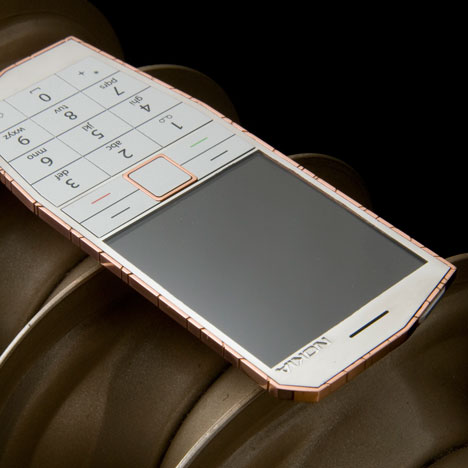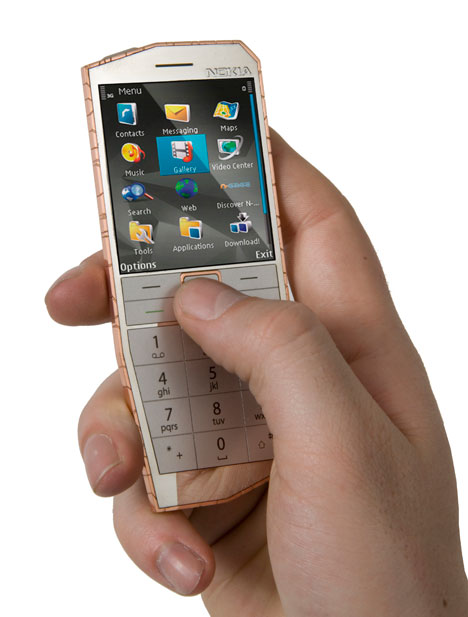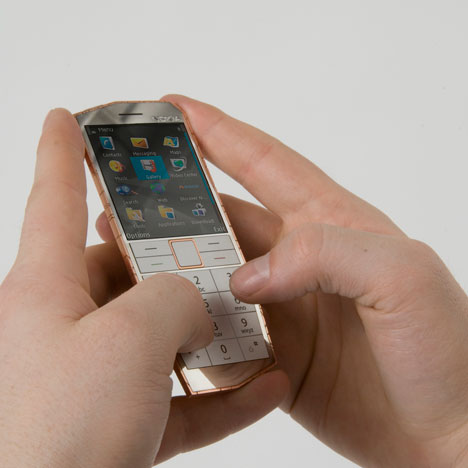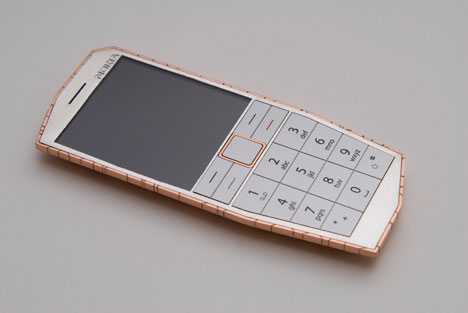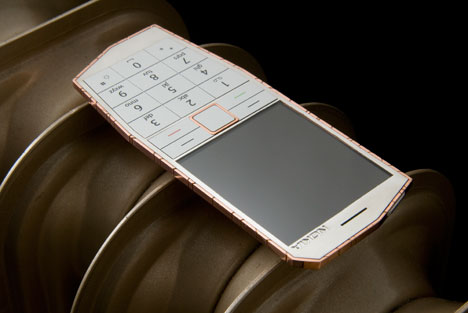
The UID project has both ‘security' and ‘developmental' dimensions. The former leads to an invasive state; the latter leaves us with a retreating state. Is identity the “missing link” in India's efforts to rise as an “inclusive” economic superpower? Can an identity-linked and technology-based solution change the face of governance in India? Given the euphoria around the Unique Identification (UID) project, one is tempted to believe so. However, a careful look at the project would show that the euphoria is just hyperbole; only the politically naïve can afford to ignore the far-reaching implications of this Orwellian project.One can summarise the criticisms of the UID project under four heads. First, the project would necessarily entail the violation of privacy and civil liberties of people. Second, it remains unclear whether biometric technology — the cornerstone of the project – is capable of the gigantic task of de-duplication. The Unique Identification Authority of India's (UIDAI) “Biometrics Standards Committee” has noted that retaining biometric efficiency for a database of more than one billion persons “has not been adequately analysed” and the problem of fingerprint quality in India “has not been studied in depth”. Third, there has been no cost-benefit analysis or feasibility report for the project till now. Finally, the purported benefits of the project in the social sector, such as in the Public Distribution System (PDS), are largely illusive. The problem of duplicate ration cards is often hugely exaggerated. Even so, some States have largely eliminated duplicate ration cards using “lower” technologies like hologram-enabled ration cards.In this larger context, the UID project has two distinct political dimensions. The first dimension is that the project is fundamentally linked to “national security” concerns rather than “developmental” concerns. In fact, the marketing team of the UIDAI has always been on an overdrive to hush up the security angle, and play up the developmental angle, to render it more appealing.The first phase of today's UID project was initiated in 1999 by the NDA government in the wake of the Kargil War. Following the reports of the “Kargil Review Committee” in 2000, and a Group of Ministers in 2001, the NDA government decided to compulsorily register all citizens into a “National Population Register” (NPR) and issue a Multi-purpose National Identity Card (MNIC) to each citizen. To ease this process, clauses related to individual privacy in the Citizenship Act of 1955 were weakened through an amendment in 2003. In sum, the ground work for a national ID project was completed by 2003 itself. The parallels between the UPA's UID and the NDA's MNIC are too evident to be missed, even as the UPA sells UID as a purely “developmental” initiative. The former chief of the Intelligence Bureau, A.K. Doval, almost gave it away recently, when he said that UID, originally, “was intended to wash out the aliens and unauthorised people. But the focus appears to be shifting. Now, it is being projected as more development-oriented, lest it ruffle any feathers”.The potential of the project to unleash a security frenzy is the reason why privacy concerns have to be taken seriously. The government and the UIDAI have made it appear as if the purported, and unsubstantiated, benefits of “good governance” from the project eclipse the concerns regarding privacy and civil liberties. This is where the problem lies. A foundational understanding in the study of individual freedoms, pioneered by scholars like Amartya Sen, is that consequence-independent absolute rights are rather hard to defend. Hence, the demand to trade-off one freedom for another (here, the “invasive loss” of privacy for “development”) is an untenable demand. Each freedom, independently, has an instrumental value, and the loss of one freedom undermines the individual's overall capability to expand up on other freedoms. No wonder then that Sen himself has voiced the privacy concern regarding the UID project.There is a related concern: police and security forces, if allowed access to the biometric database, could extensively use it for regular surveillance and investigative purposes, leading to a number of human rights violations. As Amartya Sen has argued elsewhere, forced disclosure and loss of privacy always entailed “the social costs of the associated programmes of investigation and policing”. According to him, “some of these investigations can be particularly nasty, treating each applicant as a potential criminal.” The second dimension of the UID project is the following: it would qualitatively restructure the role of the state in the social sector. Contrary to claims, the UID project is not an instrument to expand India's social security system, for whatever it is worth. Instead, the aim is to keep benefits restricted to the so-called “targeted” sections, ensure targeting with precision and thereby, limit the government's expenditure commitments. None other than the Prime Minister has made this amply clear. Addressing the National Development Council (NDC) on July 24, 2010, he noted: “to reduce our fiscal deficit in the coming years, … we must [be] … reducing the scale of untargeted subsidies. The operationalisation of the Unique Identification Number Scheme … provides an opportunity to target subsidies effectively.” The UIDAI claims that UID would help the government shift from a number of indirect benefits into direct benefits. In reality, such a shift would represent the opposite: a transformation of the role of the state from a direct provider to an indirect provider. For the UIDAI, the UID is a tool of empowerment. In reality, the UID would be an alibi for the state to leave the citizen unmarked in the market for social services. Nowhere is the illustration more telling than in the case of the PDS.Let me state the argument upfront. The UID project is part of a larger effort to dismantle the PDS in India. The aim is to ensure a back-door entry of food stamps in the place of PDS, and later graduate it to a cash transfer scheme, thereby completing the state's withdrawal from the sphere of food procurement and distribution.According to the UIDAI, the most important benefit from the UID could be that you could have a “portable” PDS. In other words, you could have a system where you (say, a migrant worker) could buy your PDS quota from anywhere in India. The claim, of course, has a deceptive appeal. One would have to dig deeper to grasp the real intent. If we take the present fair price shop (FPS) system, each FPS has a specified number of households registered to it. The FPS stores grains only for the registered households. The FPS owner would not know how many migrants, and for what periods, would come in and demand their quota. Hence, for lack of stock, he would turn away migrant workers who demand grains. Hence, the FPS system is incompatible with the UID-linked portability of PDS. There is only one way out: do away with the FPS system, accredit grocery shops to sell grains, allow them to compete with each other and allow the shop owners to get the subsidy reimbursed. This is precisely what food stamps are all about; no FPS, you get food stamps worth an amount, go to any shop and buy grains (on why food stamps are deeply problematic, see Madhura Swaminathan, “Targeted Food Stamps”, The Hindu, August 3, 2004). What is interesting is that everyone, except those enamoured by the UID glitter, appears to know this. On its part, UIDAI officially accepts that food stamps become easier to implement with the UID. So does the Planning Commission, which sees the UID as the fulcrum around which its plans to “reform” the PDS revolve. It turns out that an opposition to the dismantling of PDS, and to food stamps, also involves an opposition to the UID.On his part, Nandan Nilekani has been showcasing his extraordinarily poor understanding of India's developmental priorities. According to him, “in the Indira years, the slogan was garibi hatao. Then it was roti, kapda, makaan. In the last few years, it was bijli, sadak, pani.” However, these slogans are “passé”; the in-thing is the slogan “UID number, bank account, mobile phone.” Such an inverted world view, totally divorced from the grim realities of poverty, has prompted critics to call AADHAAR as just NIRAADHAAR!In conclusion, the UID project is marked by both “security” and “developmental” dimensions. The former leads to an invasive state; the latter leaves us with a retreating state. Either way, the “citizen” is worse off. . |



